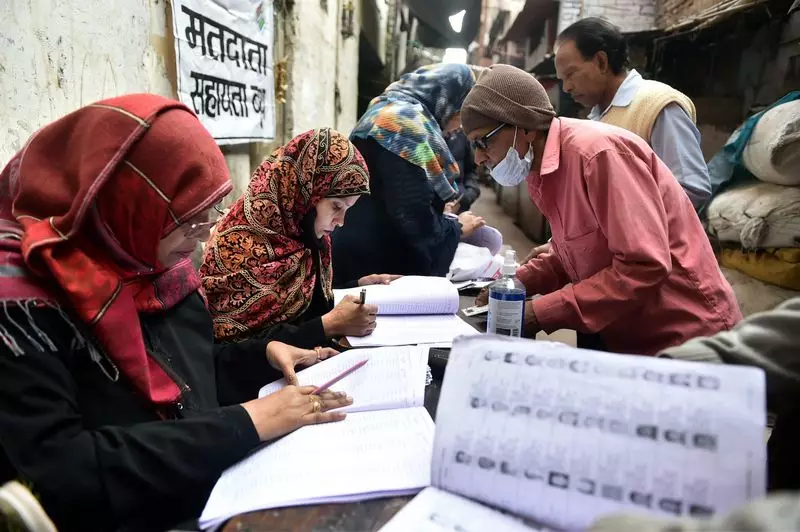
In a landmark move that promises to revolutionize India's electoral infrastructure, the Election Commission of India is gearing up to launch the first phase of its ambitious All India Service and Voter Registration platform as early as next week.
Phased Rollout Strategy
The groundbreaking initiative will debut across 10 to 15 states initially, marking a significant step toward creating a unified, nationwide electoral service ecosystem. This strategic phased approach ensures smooth implementation while allowing the Commission to refine the system based on real-world feedback.
Digital Transformation of Electoral Services
The All India SR platform represents a quantum leap in electoral administration, designed to streamline voter registration processes and enhance service delivery across state boundaries. This digital transformation aims to eliminate bureaucratic hurdles that have long plagued inter-state voter mobility.
Key Benefits for Indian Voters
- Seamless voter registration across states
- Unified service access platform
- Reduced paperwork and processing time
- Enhanced accuracy in electoral rolls
- Real-time status tracking of applications
Preparations and Infrastructure
Election Commission officials have been working tirelessly to ensure the platform's technical robustness and user-friendliness. The system has undergone rigorous testing to handle the massive scale of India's electoral database, which encompasses nearly a billion eligible voters.
This initiative aligns with the government's Digital India vision, bringing electoral services into the digital age while maintaining the highest standards of security and reliability that Indian voters expect from their electoral machinery.
Future Expansion Plans
Following the successful implementation in the initial states, the Election Commission plans to progressively expand the platform's coverage to include all states and union territories. This measured approach ensures that technical glitches are minimized and voter experience remains paramount throughout the transition.
The rollout represents one of the most significant technological upgrades to India's electoral system in recent years, potentially setting new benchmarks for electoral administration globally.





